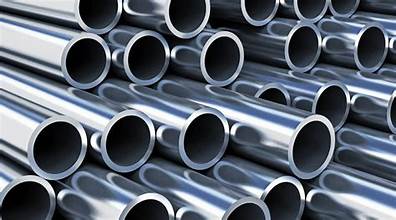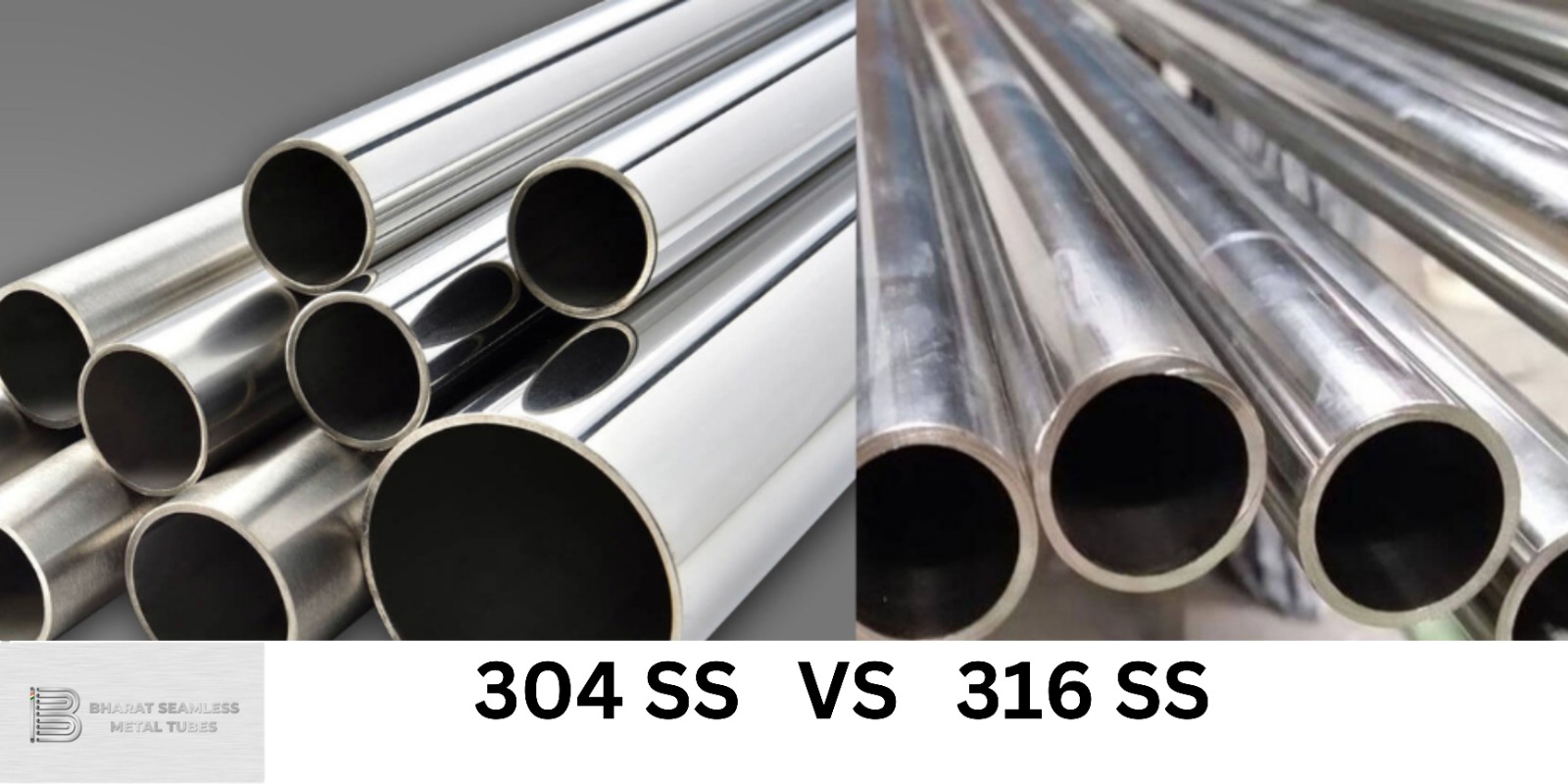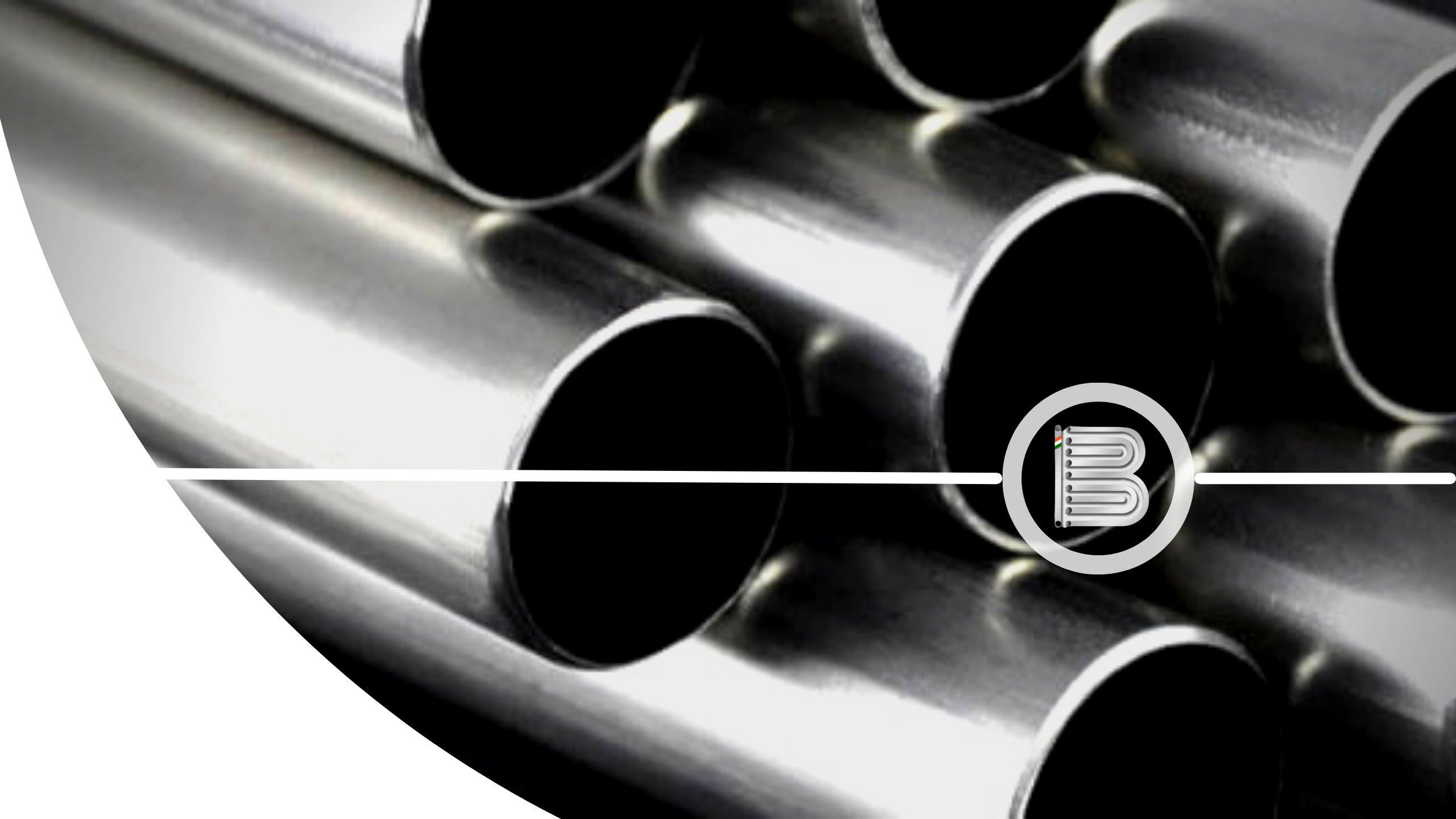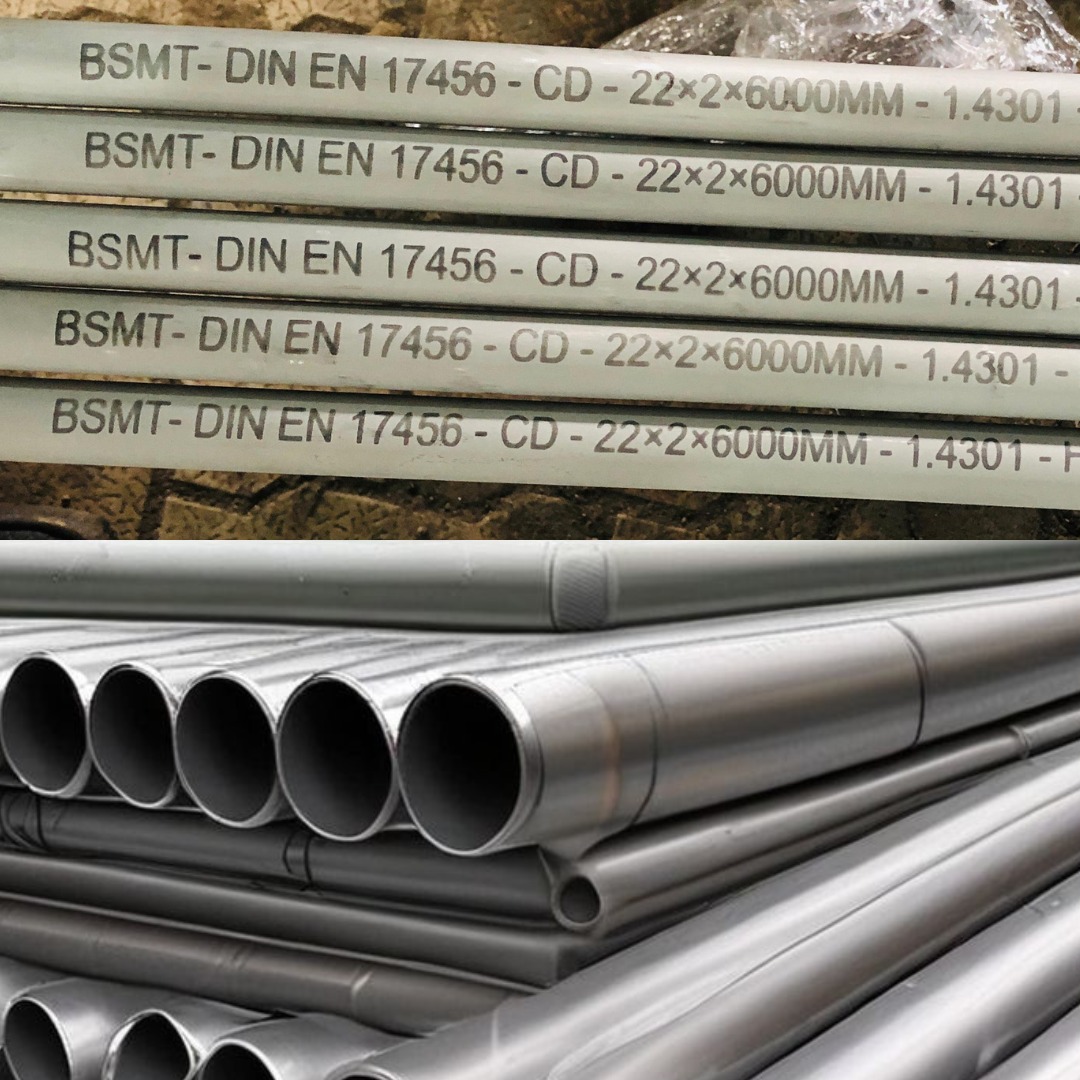WHAT IS STAINLESS STEEL?
All steels have the same basic iron and carbon composition, but stainless steel also contains a healthy dose of chromium—the alloy that gives stainless steel its famous corrosion resistance.
There are multiple grades and classes of stainless steel, each with a slightly different composition of alloys. These chemical differences create slightly different physical characteristics. Stainless steel must contain at least 10.5 percent chromium. Depending on the grade, it may contain much higher chromium levels, and additional alloying ingredients like molybdenum, nickel, titanium, aluminum, copper, nitrogen, phosphorous or selenium.

304 STAINLESS STEEL
304-grade stainless steel, often referred to simply as 304 SS, is one of the most widely used and versatile stainless steel grades. It is part of the austenitic stainless steel family, which is known for its excellent corrosion resistance and high levels of chromium and nickel content. Here is a description of 304 grade stainless steel:
Composition: 304 stainless steel is composed primarily of iron, with approximately 18% chromium and 8% nickel. This specific alloy composition contributes to its corrosion resistance and durability.
Corrosion Resistance: 304 SS offers excellent resistance to corrosion and oxidation. It is suitable for use in a variety of environments, including those with exposure to moisture, atmospheric conditions, and mild chemical compounds. However, it may not be the best choice for highly corrosive or acidic environments.
Strength and Durability: 304 stainless steel is known for its high tensile strength, making it a strong and durable material. It can withstand a wide range of mechanical stresses and is often used in structural and industrial applications.
Formability: This grade of stainless steel is easily formable and can be welded, fabricated, and machined. It is well-suited for a wide range of manufacturing processes, including sheet metal work, machining, and welding.
Hygiene and Aesthetics: 304 SS is used in applications where hygiene and aesthetics are important, such as food processing equipment, kitchen appliances, and architectural elements. It has a smooth and shiny surface that is easy to clean and maintain.
Temperature Resistance: 304 stainless steel can withstand a wide range of temperatures, making it suitable for both high-temperature and low-temperature applications.
Non-Magnetic: In its annealed (heat-treated) condition, 304 SS is typically non-magnetic. However, it may become slightly magnetic after cold working processes.
Overall, 304 grade stainless steel is a popular choice for a wide range of applications due to its combination of corrosion resistance, strength, formability, and aesthetic appeal. It is widely available and relatively cost-effective, making it a versatile material in various industries, including construction, automotive, food processing, and more.
316 STAINLESS STEEL
316-grade stainless steel, often referred to as 316 SS, is a popular and highly corrosion-resistant alloy that belongs to the austenitic stainless steel family. It is similar to 304 stainless steel but contains additional elements, primarily molybdenum, which further enhances its corrosion resistance and performance in challenging environments. Here is a description of 316 grade stainless steel:
Composition: 316 stainless steel contains approximately 16-18% chromium, 10-14% nickel, and 2-3% molybdenum. The addition of molybdenum is the key differentiator from 304 SS and provides superior resistance to corrosion, particularly in chloride-rich and marine environments.
Corrosion Resistance: 316 SS offers excellent resistance to a wide range of corrosive substances, including saltwater, acids, and chemicals. It is commonly used in marine applications, chemical processing, and situations where exposure to harsh environments is a concern.
Strength and Durability: 316 stainless steel exhibits good tensile strength and durability, making it suitable for structural and industrial applications. Its mechanical properties are similar to 304 SS.
Formability: Like 304 SS, 316 stainless steel is easily formable, weldable, and machinable. It can be fabricated into various shapes and sizes for different applications.
Hygiene and Aesthetics: Due to its corrosion resistance and smooth, clean surface, 316 SS is used in industries where hygiene and aesthetics are important. It is commonly found in food processing equipment, pharmaceuticals, and architectural elements.
Temperature Resistance: 316 stainless steel can withstand a wide range of temperatures, making it suitable for applications in extreme temperature conditions.
Non-Magnetic: In its annealed condition, 316 SS is typically non-magnetic. However, it may become slightly magnetic after cold working processes.
Medical and Surgical Applications: 316 stainless steel is often used in medical and surgical instruments and equipment due to its biocompatibility, resistance to corrosion from bodily fluids, and ease of sterilization.
In summary, 316 grade stainless steel is known for its exceptional corrosion resistance, particularly in chloride-rich and aggressive environments. It is widely used in marine, chemical, and food processing industries, as well as in medical and architectural applications where durability and aesthetics are important. While it is more expensive than 304 SS, its superior performance in harsh conditions makes it a preferred choice for many critical applications.
304 SS APPLICATION
304 stainless steel is used for a variety of household and industrial applications such as food handling and processing equipment, screws, machinery parts, utensils, and exhaust manifolds. 304 stainless steel is also used in the architectural field for exterior accents such as water and fire features. It is also a common coil material for vaporizers.
316 SS APPLICATION
It is commonly used in the Chemical and Petrochemical industry, food processing, pharmaceutical equipment, medical devices, jewelry, luxury watches (especially diver’s watches), potable water piping, wastewater treatment, marine applications, and architectural applications near the seashore or urban areas.





